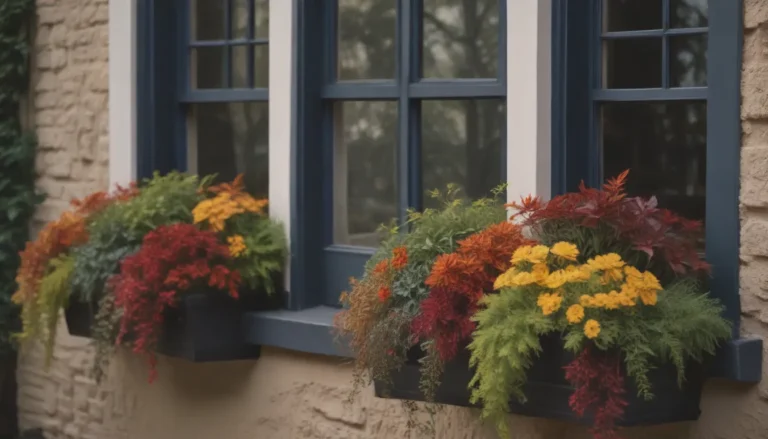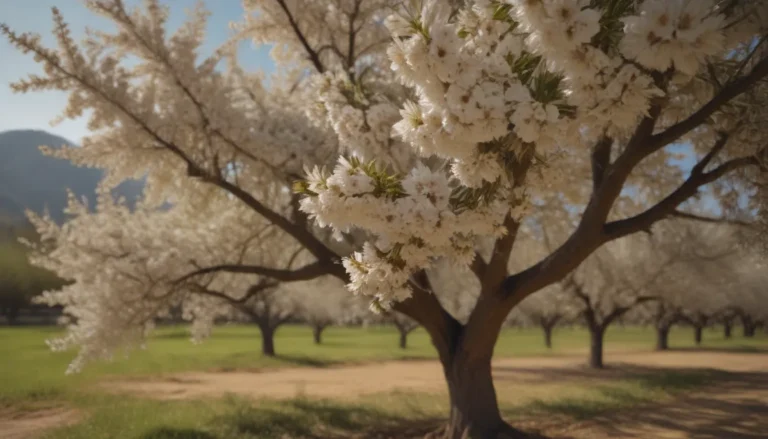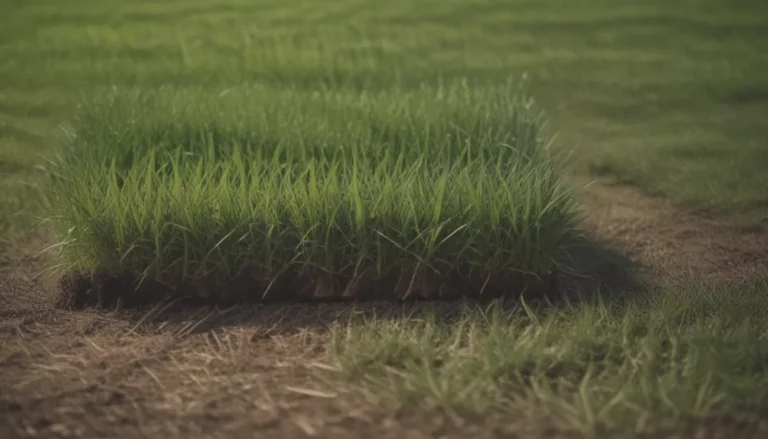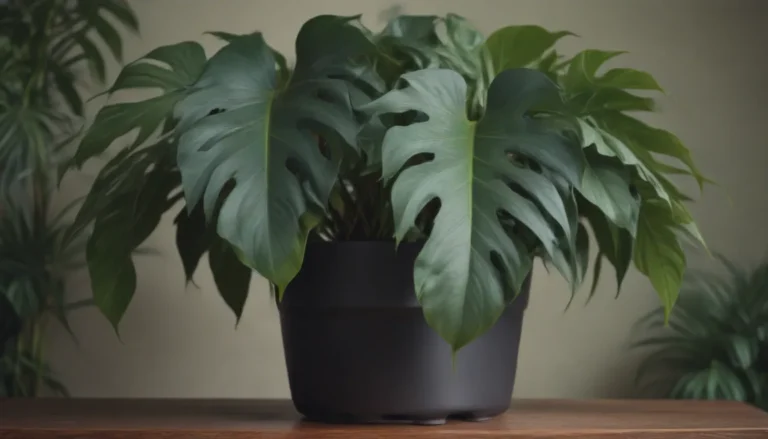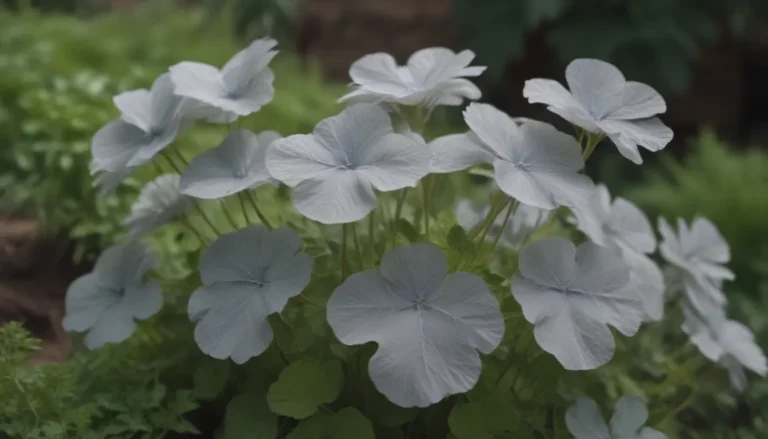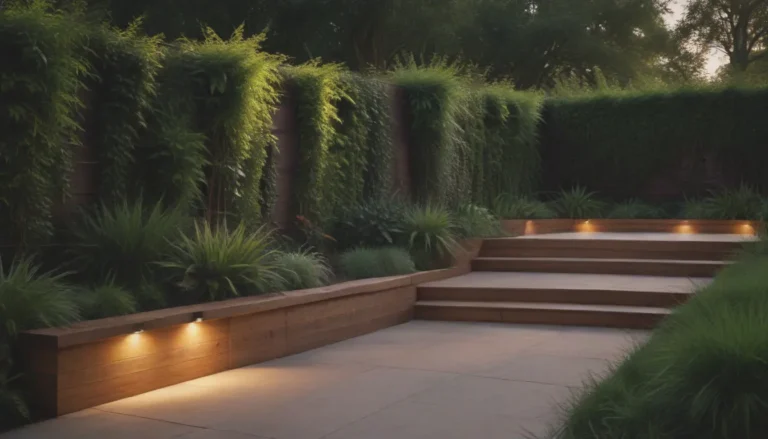Everything You Need to Know About Growing and Caring for Hoya Shepherdii
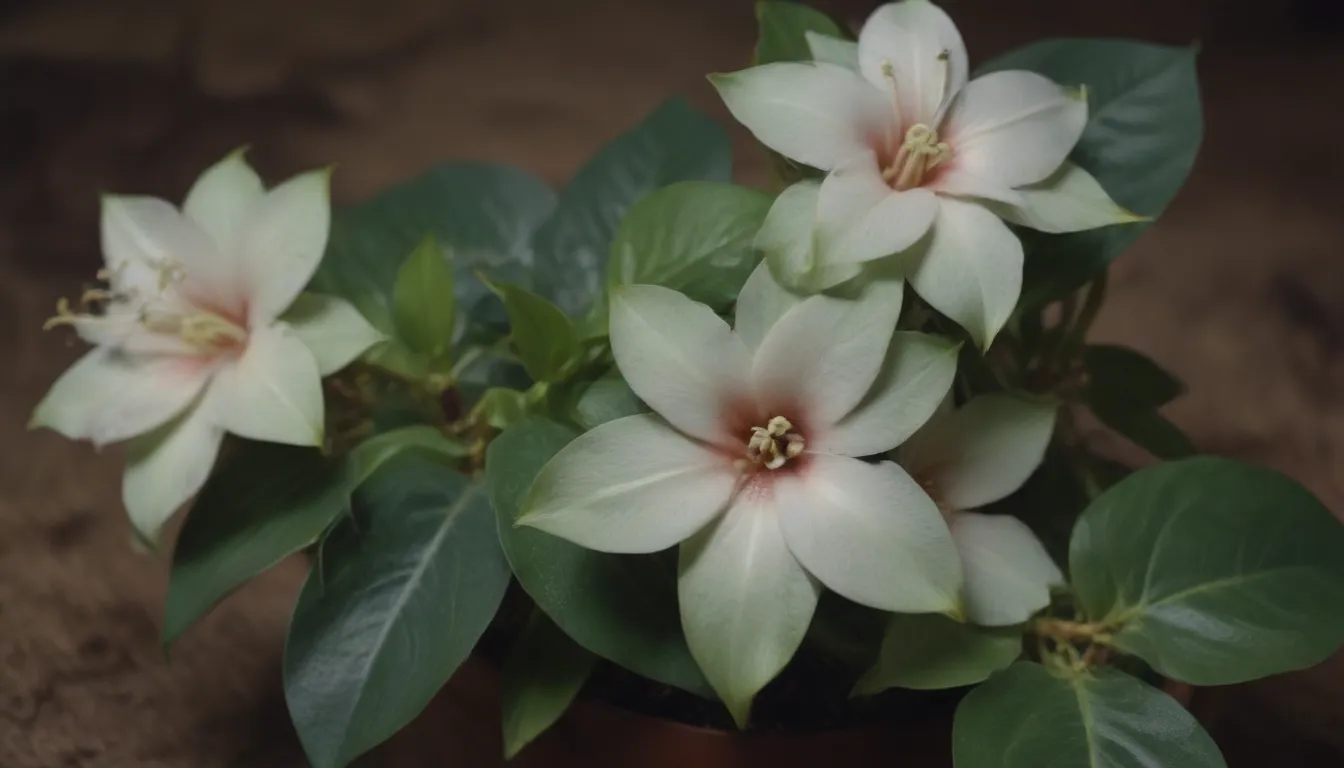
If you’re a plant enthusiast looking to add a unique and fragrant touch to your indoor garden, then Hoya Shepherdii is the perfect choice for you. This vining plant, also known as string bean hoya, is native to Southwest China and the Assam region of India. Despite its tropical origins, Hoya Shepherdii can thrive indoors with the right care and conditions.
What Makes Hoya Shepherdii Special?
Hoya Shepherdii is truly a gem among houseplants. Its long, thin, succulent leaves give it a distinctive appearance, and its fragrant flowers add a delightful touch to any indoor space. While it may be relatively rare in the United States, you can still find Hoya Shepherdii at specialty plant shops or online.
Hoya Shepherdii Care Guide
Caring for Hoya Shepherdii requires a bit of attention to detail, but with the right techniques, you can help this beautiful plant thrive in your home.
Light
Like many other hoyas, Hoya Shepherdii thrives in bright, indirect light. Avoid placing the plant in harsh direct sunlight, as this can lead to leaf burn. On the other hand, low-light conditions can cause the leaves to yellow and eventually drop. Aim for a spot with ample but gentle light for your Hoya Shepherdii to flourish.
Soil
When it comes to potting your Hoya Shepherdii, opt for a loose, well-drained potting mix. You can enhance standard potting mix with materials like perlite, pumice, or orchid bark to improve drainage. Some gardeners find success with premade succulent soil or African violet mix for their Hoya Shepherdii.
Watering
Allow your Hoya Shepherdii to dry out almost completely between waterings. Monitor the soil moisture regularly and water the plant based on its needs. Thanks to its succulent leaves, Hoya Shepherdii is more tolerant of drought compared to other tropical houseplants.
Temperature and Humidity
Maintain a temperature range of 50-80 degrees Fahrenheit for your Hoya Shepherdii, along with high humidity levels between 60-70 percent. To boost humidity, you can use a humidifier near the plant or create a humid environment by placing the plant in a glass cabinet, tank, or grow tent.
Fertilizing
While Hoya Shepherdii is not a heavy feeder, it can benefit from regular fertilization during the spring and summer months. Use a balanced houseplant fertilizer diluted to half strength, and avoid fertilizing the plant once temperatures start to cool in the fall.
Pruning Your Hoya Shepherdii
While Hoya Shepherdii doesn’t require frequent pruning, you can trim back any dead or damaged leaves as needed. Consider pruning back the plant in spring or summer if the vines become too long or leggy for your space. However, avoid removing more than a third of the plant’s total growth at once.
Propagating Hoya Shepherdii
If you want to expand your collection of Hoya Shepherdii plants, you can propagate them by taking stem cuttings from a healthy, mature plant and rooting them in water. This process is relatively simple and allows you to create new plants to share with friends or add to your indoor garden.
Common Pests and Diseases
Like other hoyas, Hoya Shepherdii is susceptible to pests such as spider mites, scale, and mealybugs. Regularly check your plant for signs of infestation and take immediate action if you notice any pests. Additionally, be on the lookout for symptoms of root rot, which can occur due to overly wet soil.
Encouraging Bloom in Hoya Shepherdii
With the right care and conditions, your mature Hoya Shepherdii plant will reward you with fragrant flowers. Hoya flowers typically bloom on peduncles, or flower spurs, that emerge where leaves and stems meet. While it may take a few years for your Hoya Shepherdii to mature and bloom, the wait is well worth it for the beautiful flowers.
How to Encourage Blooms
If you’re eager to see more blooms on your Hoya Shepherdii, consider adjusting its light exposure, avoiding overwatering, and using a phosphorous-rich fertilizer to promote flowering. Make sure to provide the plant with proper care and patience to encourage a bountiful display of fragrant flowers.
Description of Hoya Shepherdii Flowers
Hoya Shepherdii flowers are clusters of small, star-shaped blossoms in white or light pink hues with red centers. These flowers emit a delightful, sweet scent reminiscent of perfume, making them a lovely addition to any indoor space.
Deadheading
After your Hoya Shepherdii blooms, avoid deadheading the spent flowers. Allow the flowers to naturally drop off the plant, as they will bloom again from the same peduncle in the following year. By leaving the structure intact, you ensure a continuous cycle of blooming for your Hoya Shepherdii.
Troubleshooting Common Issues
Despite your best efforts, you may encounter some challenges while caring for your Hoya Shepherdii. Here are a few common problems and their solutions:
Yellowing Leaves
Yellow leaves on Hoya Shepherdii often indicate overwatering. Check the soil moisture level and allow it to dry out completely before watering the plant again. Repotting the plant in a terracotta pot can also help wick away excess water and prevent yellowing leaves.
Wrinkled or Drooping Leaves
If you notice wilting or wrinkled leaves on your Hoya Shepherdii, it may be a sign of insufficient watering. Give the plant a thorough watering and monitor the soil moisture to prevent dehydration in the future.
Leaf Loss
A sudden change in temperature can cause Hoya Shepherdii to shed its leaves. Keep the plant in a warm, stable environment away from cold drafts or extreme temperature changes to prevent leaf loss.
In conclusion, Hoya Shepherdii is a delightful addition to any indoor garden, offering unique foliage and fragrant flowers for plant enthusiasts to enjoy. By providing the proper care and conditions outlined in this guide, you can ensure that your Hoya Shepherdii thrives and blooms beautifully in your home. Remember to monitor your plant regularly, address any issues promptly, and enjoy the beauty that Hoya Shepherdii brings to your indoor space.
